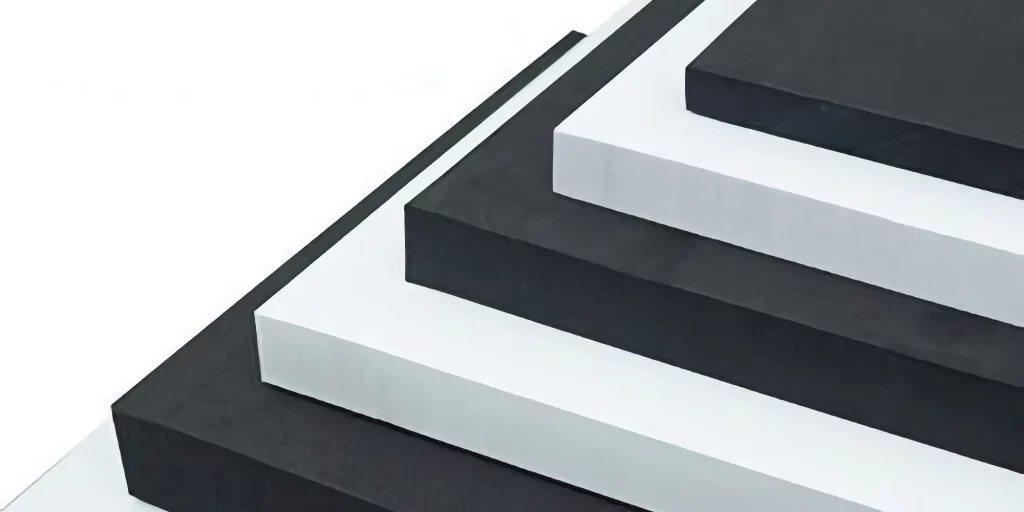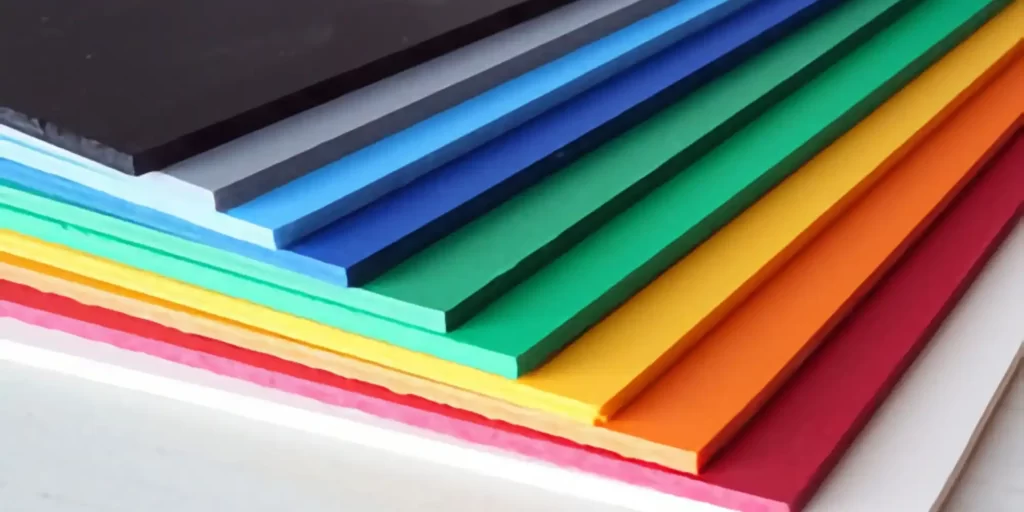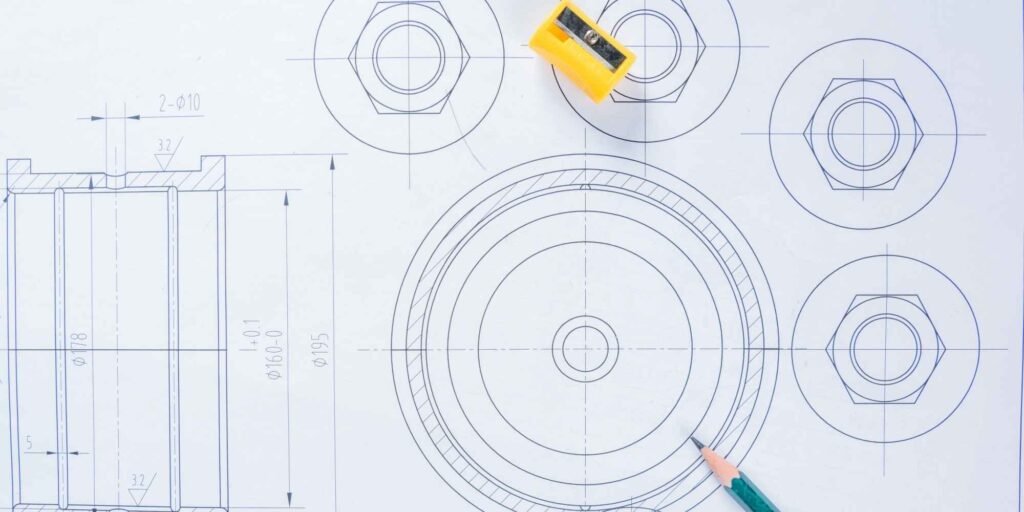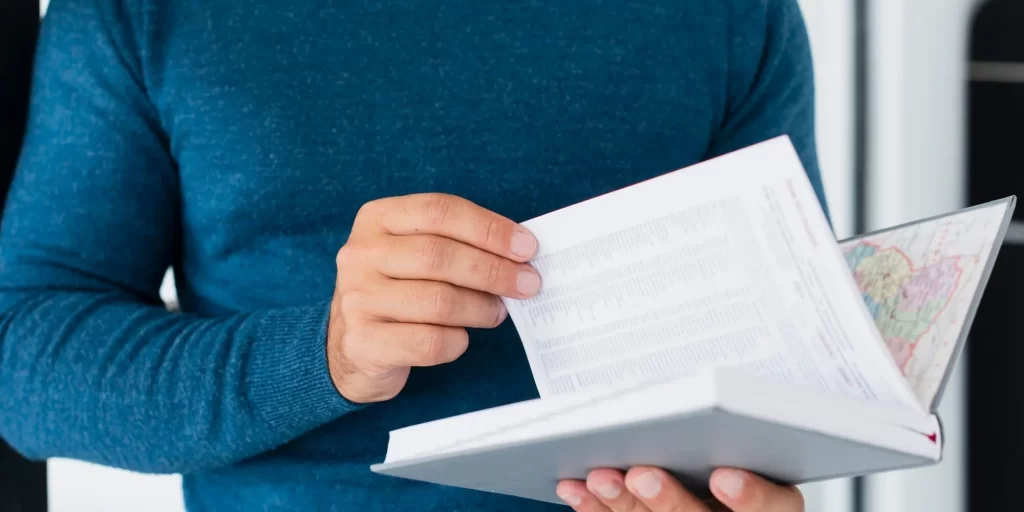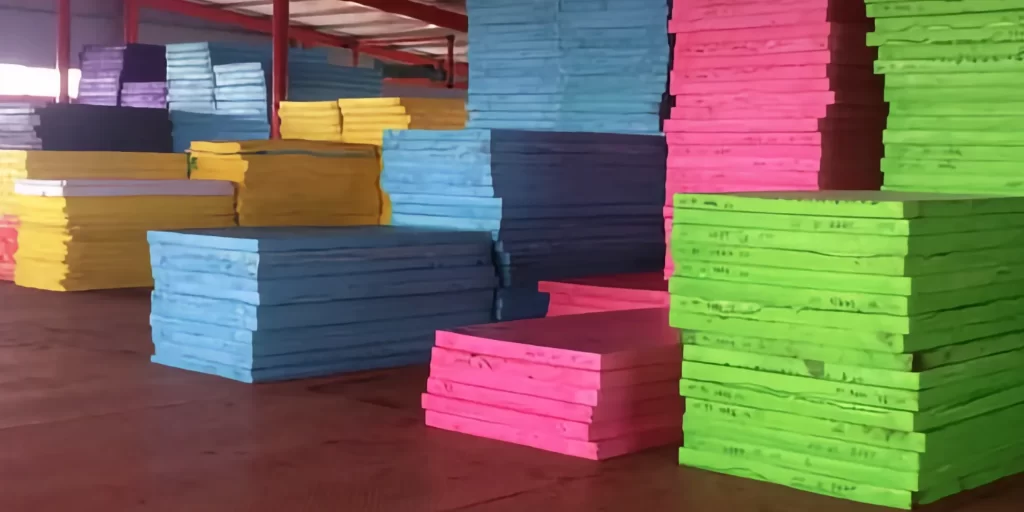Key Performance Comparison of Foam PE and EVA Materials
Fundamental Physical Properties
- PE Foam:
- Closed-cell structure with 95% closed-cell rate (ASTM D2856)
- Density range: 25-200 kg/m³
- EVA Foam:
- Open-cell structure with density 65-85 kg/m³ (ISO 845)
- Shore C hardness: 35-80 (ASTM D2240)
Environmental Adaptability
- PE Foam:
- Temperature range: -50°C to +80°C (UL 746B)
- Ideal for cold chain packaging
- EVA Foam:
- Temperature range: -20°C to +60°C (GB/T 16422.2)
- Suited for fitness equipment
Impact of Production Processes on Material Performance
PE Compression Molding Technology
- Secondary cross-linking enhances cell uniformity (SEM test report)
- Reduces energy consumption by 18% vs. traditional processes
EVA Thermal Compression Molding
- Optimal foaming temperature: 180-200°C (DSC analysis)
- Molding pressure: 0.8-1.2 MPa (industry measured)
Material Selection Guide for Specific Industries
Protective Packaging Sector
- PE Foam:
- High shock absorption (e.g., drone packaging: 82% peak impact absorption)
- EVA Foam:
- Lightweight solutions (e.g., medical device packaging: 30% weight reduction)
Sports Equipment Manufacturing
- EVA:
- Anti-slip yoga mats (friction coefficient ≥0.8, GB/T 3903.21)
- PE:
- Flotation rods (72-hour water absorption <1%, ASTM D3575)
FAQ Section
Q1: Tear strength differences?
- PE: Transverse tear strength 28 kN/m (ISO 34-1)
- EVA: Longitudinal tear strength 19 kN/m
- Recommendation: PE for heavy-duty packaging.
Q2: Stability in high humidity?
- PE: Moisture permeability 0.05 g/(m²·24h) (JIS Z0208)
- EVA: Moisture permeability 0.35 g/(m²·24h)
Q3: Surface printing compatibility?
- EVA: Surface tension >36 dyn/cm (improved via flame treatment)
- Recommendation: UV inkjet (adhesion ≥4B, ASTM D3359).
Q4: Low-temperature performance?
- PE: 90% compression rebound at -30°C (ASTM D3574)
- EVA: Drops to 67% under same conditions.
Q5: Antioxidant needs?
- PE: Add 0.3-0.5% 1076 antioxidant for outdoor use.
- EVA: Use hindered amine light stabilizer combinations.
WELLE Trade has over 20 years of experience in the production and processing of PE/EVA/TPE foams, so you may want to consult with them if you have any sourcing needs.

